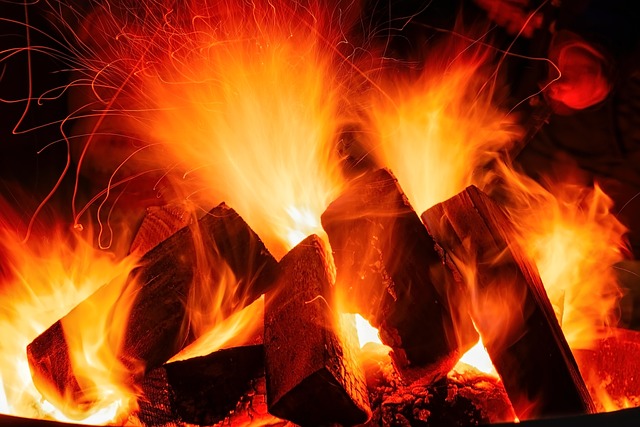
Overview of the Chapter
The chapter 'Fire: Friend and Foe' explores the dual nature of fire—its benefits as well as its destructive potential. It discusses how fire has been an essential part of human civilization while also being a dangerous force that requires careful handling.
Fire is a chemical reaction that releases heat and light, known as combustion. It requires three elements: fuel, heat, and oxygen.
Key Concepts
- Fire as a useful tool in daily life (cooking, heating, industries)
- Fire as a destructive force (forest fires, accidents)
- Methods to control and prevent fires
- Role of firefighters in managing fire hazards
Understanding Fire
Fire has been used by humans for thousands of years. Early humans discovered fire and learned to use it for warmth, protection, and cooking. Over time, fire became essential in various industries, such as metallurgy and energy production.
The 'Fire Triangle' represents the three components necessary for fire: fuel, heat, and oxygen. Removing any one of these can extinguish a fire.
Dangers of Fire
Uncontrolled fire can cause immense damage to life and property. Forest fires, house fires, and industrial accidents are some examples. The chapter emphasizes the importance of fire safety measures, such as installing smoke detectors and keeping fire extinguishers handy.
Fire Prevention and Control
Preventing fires involves eliminating one or more elements of the Fire Triangle. For example:
- Storing flammable materials safely (reducing fuel)
- Using fire-resistant materials (reducing heat)
- Smothering fires with blankets or sand (reducing oxygen)
Role of Firefighters
Firefighters are trained professionals who risk their lives to control fires. They use specialized equipment like water hoses, fire extinguishers, and protective gear to combat fires and rescue people.
A fire extinguisher is a device used to put out small fires by releasing chemicals that disrupt the Fire Triangle.
Conclusion
Fire is both a friend and a foe. While it has greatly benefited human progress, it must be handled with caution. Understanding fire safety measures can help prevent accidents and save lives.
